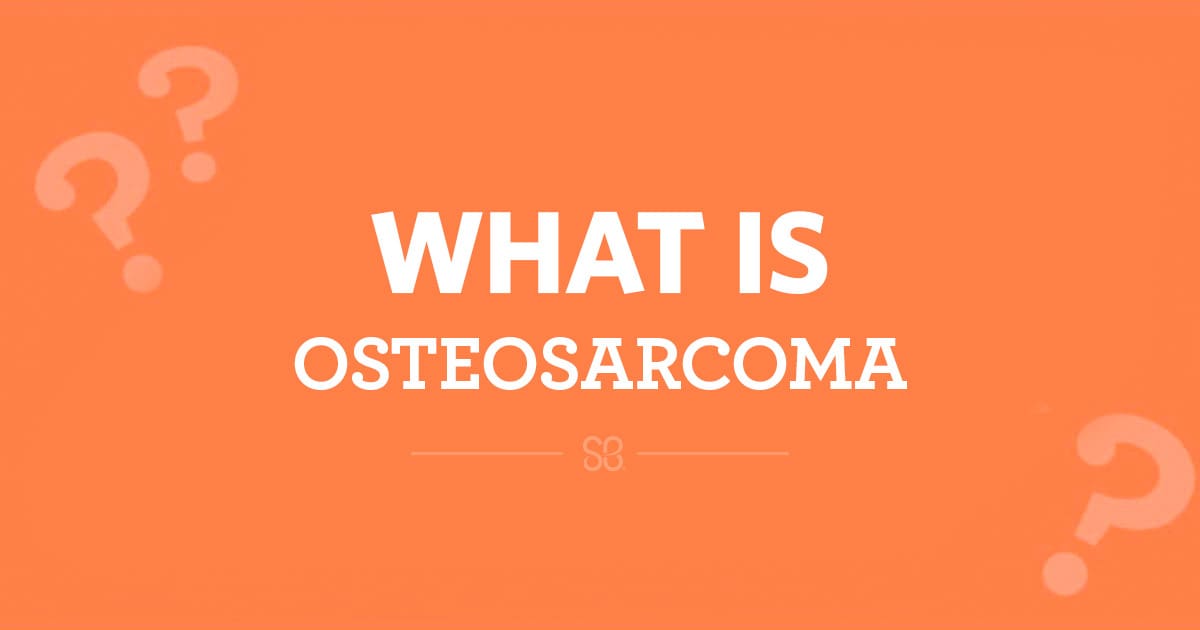Osteosarcoma is the most common type of bone cancer in children, teens, and young adults. This aggressive form of cancer usually develops in the long bones, such as the thigh bone (femur), shinbone (tibia), or upper arm bone (humerus). Although it often starts in one bone, osteosarcoma can spread (metastasize) to other areas, such as the lungs and other bones, making it harder to treat.
Who Does Osteosarcoma Affect?
This type of childhood bone cancer primarily impacts individuals between the ages of 10 and 30, with the majority of cases (60%) occurring in patients aged 10 to 20. Early detection and treatment are critical to improving survival rates and outcomes.
Signs and Symptoms of Osteosarcoma
Recognizing the symptoms of osteosarcoma early can make a big difference. Common signs include:
- Persistent bone pain, which may worsen over time
- Swelling near the affected area
- Unexplained bone fractures, even after minor injuries
- Limping or difficulty moving (if the tumor is in a leg)
If your child is experiencing any of these symptoms, consult a doctor immediately for evaluation.
How Is This Cancer Type Diagnosed?
Diagnosing osteosarcoma involves a combination of tests to confirm the presence of cancer cells and determine how far the disease has spread. Common diagnostic methods include:
- Blood tests to detect abnormalities
- Imaging tests such as X-rays, MRIs, or CT scans to examine the affected bone
- Biopsy to confirm if cancer cells are present
Early and accurate diagnosis is essential for beginning treatment quickly.
Treatment Options for Osteosarcoma
Treating osteosarcoma typically involves a combination of surgery and chemotherapy. These treatments aim to remove the tumor, prevent the cancer from spreading, and stop it from coming back.
- Surgery: The goal is to remove the entire tumor. Many patients can undergo limb-sparing surgery to avoid amputation.
- Chemotherapy: Powerful cancer-fighting drugs are used to kill cancer cells or stop them from growing.
In some cases, a combination of surgery and chemotherapy provides the best outcome.
Why Research is Vital
Osteosarcoma is a difficult cancer to treat, especially when it spreads to other parts of the body. Research plays a critical role in improving treatment options and increasing survival rates for children and young adults affected by this disease.
At St. Baldrick’s Foundation, we fund groundbreaking research to help fight childhood cancers:
- Dr. E. Alejandro Sweet-Cordero is studying how tumors metastasize and testing new therapies to target and stop cancer cells early.
- Dr. Alex Huang is exploring a drug called Vactosertib, initially developed for pancreatic cancer, to prevent osteosarcoma from spreading. This promising research has led to FDA Orphan Drug Designation approval and clinical trials.
How You Can Support the Fight Against Osteosarcoma
You can help make a difference for children and young adults battling osteosarcoma. Donations to St. Baldrick’s Foundation directly fund life-saving research, bringing us closer to better treatments and higher survival rates.
Donate today to support innovative cancer research and give kids with osteosarcoma the chance to grow up healthy and strong.
Donate Now
Learn about one of our recent Research Outcomes dealing with Osteosarcoma:
Research Outcomes: Fighting Cancer & Helping Survivors



